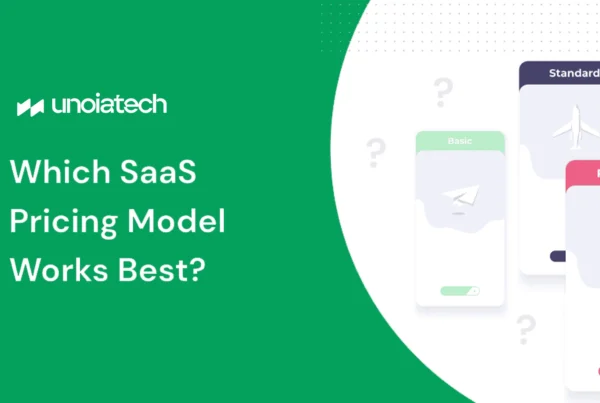
Whether you’re a new business that is looking to share its story with the world or an existing brand that wants to get itself in front of new customers and increase customer loyalty, it’s important to align the perceptions and opinions of your customers and your own. Because what really determines the value of your brand is the customers’ perception of it.
According to a study by Motista, customers with an emotional connection to brands have 306% better lifetime value than satisfied customers and will recommend brands at a much higher rate (71% vs 54%). It’s a well-known fact that people rely more on emotions and experiences than logic and facts.
Brand messaging incorporates the core attributes of a brand and tap into the feelings of the customers. Let’s evaluate brand messaging and its different attributes which will help you not just increase sales but earn loyal customers as well.
What is brand messaging?
Brand messaging refers to the art of conveying the essence of your brand to potential customers using the right words in the right tone. It’s what makes your customers relate to your brand, motivate them and make them want to buy your product. A customer should be able to experience the messaging at all brand touchpoints.
Brand Culture
Brand Culture suggests that a brand can operate much like a culture. It’s an expression of employees and customers involved with the brand – how would they describe your company. Do your employees think that you’re a sophisticated brand? Do they think you’re fearless or more relaxed?
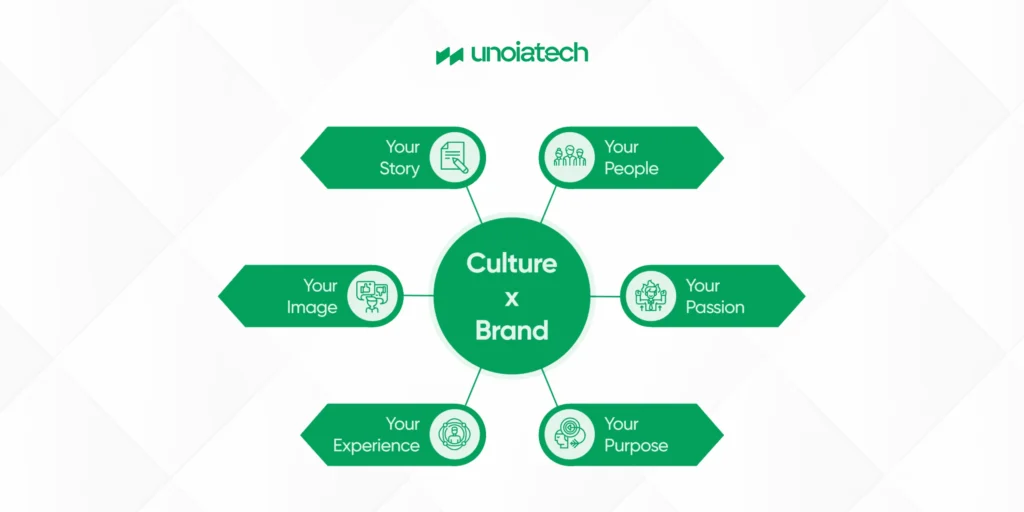
Customer
As a brand, you must understand who your ideal customer is within your target market. Define your ideal customer on the basis of demographics, psychographics and challenges. Then define your product from the customer’s point of view. Why would your customers want to buy your product in the first place and what problems would it solve for them?
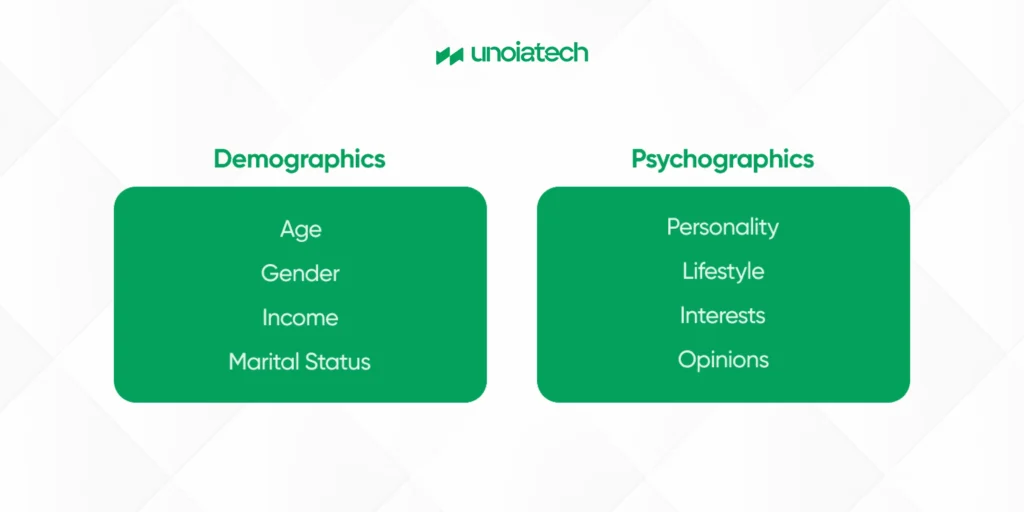
Tone of Voice
Your message is not only about informing people about something and convincing people of something, but it’s about making them feel something. Define the tone of your voice in which you want to communicate because that’s how your brand comes across to your customers. If your brand was a person, how would it sound? – Playful / Creative / Desirable / Caring / Optimistic / Adventurous.
Benefits
Benefits are simply what your brand has to offer and how your customers feel after interacting with your products. Product benefits can either be real (performance, cost-effectiveness) or perceived (popularity, reputation). Customers don’t want to know about all the features of a product but how those features solve their problems and provide value to them. Analyze your offerings so that you can differentiate between your product features and benefits.
Impact
It’s difficult to measure something as intangible as the impact of a brand. The impact of a brand, to a large extent can be measured by the way it empowers the consumers. For example, if your product creates a desire and a sense of belonging, people will automatically think they need it to improve their lives.
X-Factor
X-factor is what sets you apart from everyone else. If you don’t have a Unique Selling Point (USP), customers won’t even bother buying from you. X-factor is something that needs to be determined before your business launch. If you’re an established business, you already have it covered. Capture the essence of your brand and focus on its strengths. For example, if you’re a Sci-Fi movie, what would you be about?
Brand Touchpoints
Touchpoints are individual contact points between the brand and its prospective customers. A touchpoint occurs anytime a person interacts with the brand. It’s important to understand these interactions and where these take place. This is where the success of a company is decided. In order to communicate your brand message efficiently, you need to communicate it in a clear and consistent manner across all touchpoints.
The most common and important touchpoints are Social Media, Print Ads, Outdoor Advertising, Web, Mail, Ad campaigns, Brochures, Annual Reports, Promotional Items, Sales Materials, etc. Identify all the touchpoints and even those that should exist.
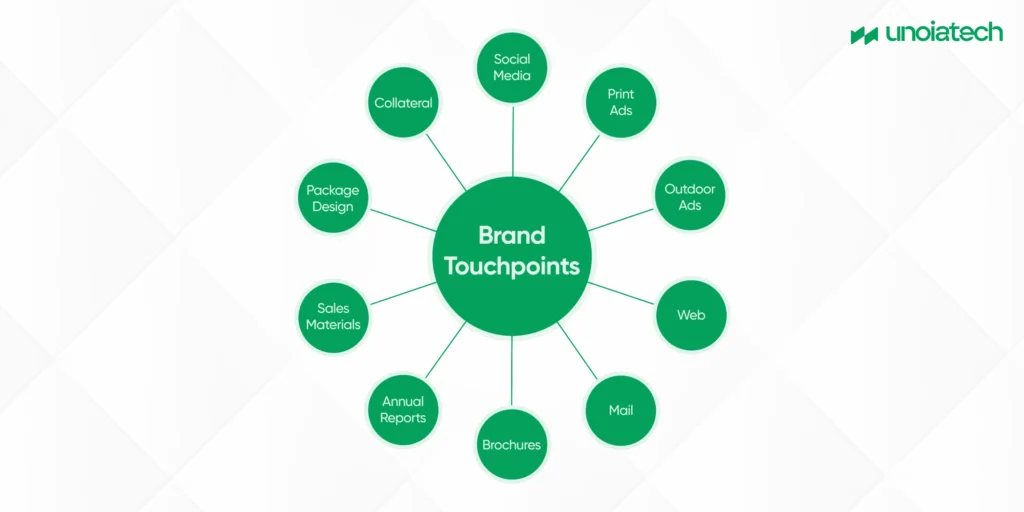
Brand Style Guide
Now you have the brand message ready and identified all the touchpoints, it’s time to establish the guidelines to maintain a consistent identity system to be used throughout all marketing.
A Brand Style Guide includes elements such as Logo, Color Palette, Typography, Imagery and Voice. These elements together help create a distinct visual personality for your brand. It’s how prospective customers will recognize you.
Logo
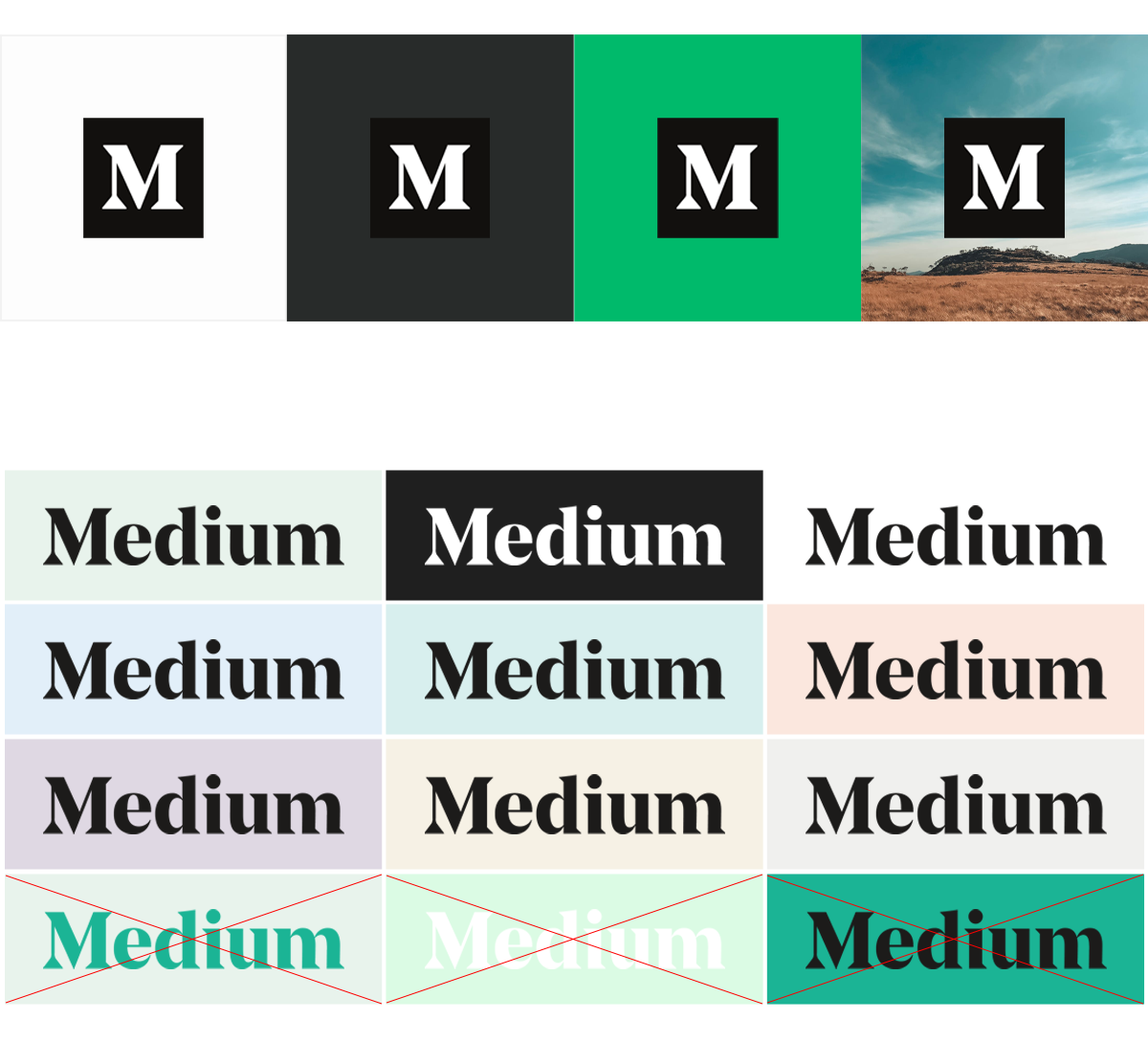
Typography
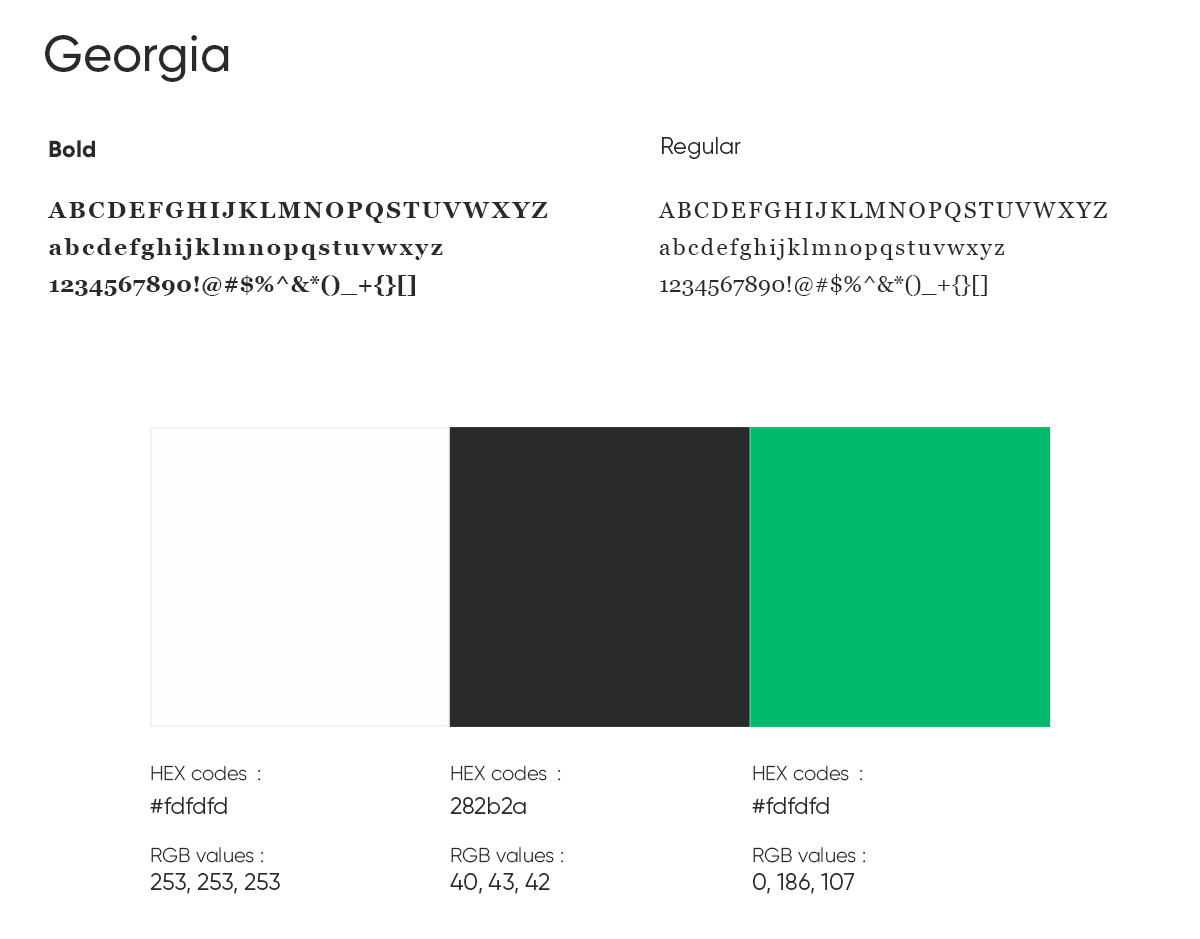
Imagery
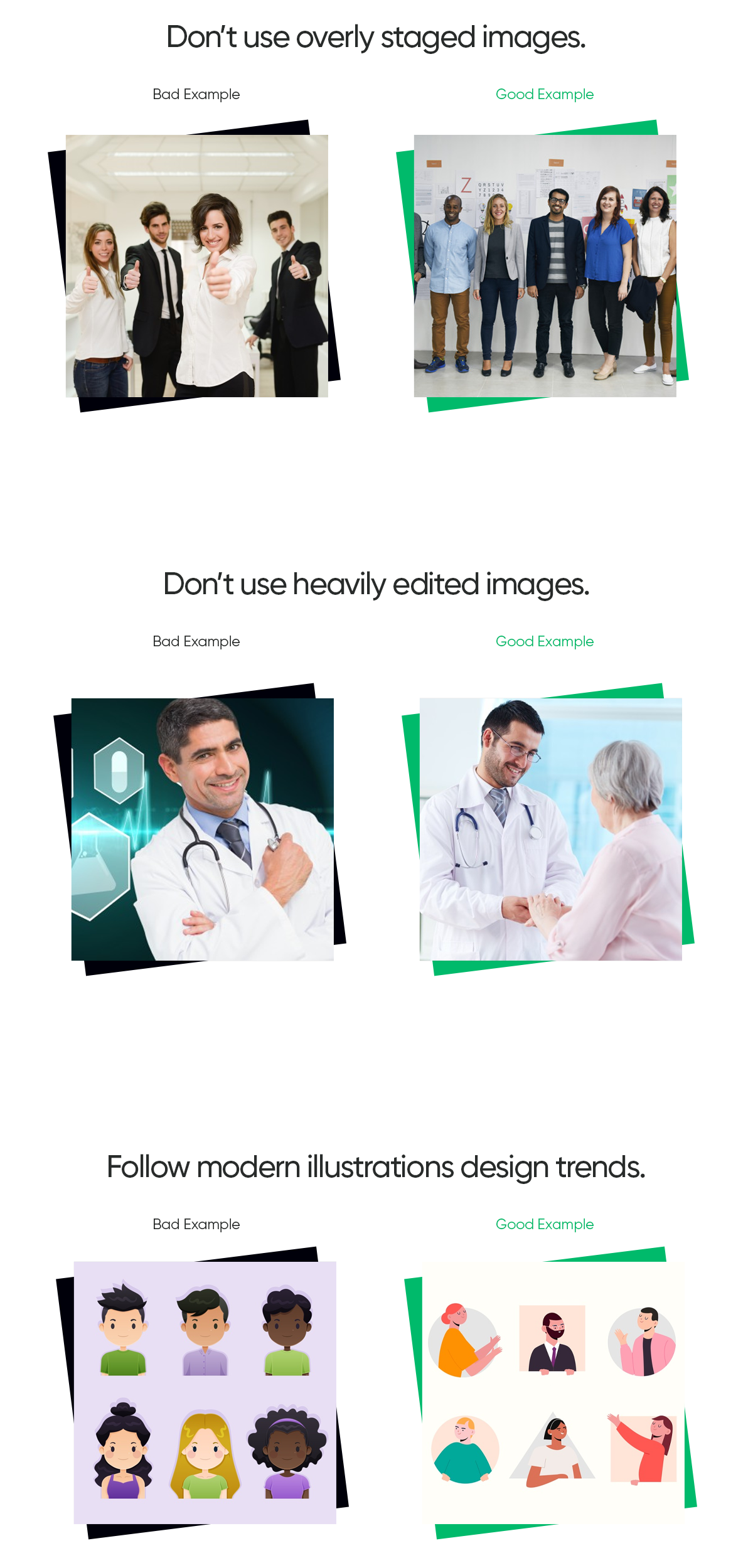
Photography and Videography
Photos and videos appeal to customers of any age. A right picture or video captures the essence of a subject or idea and brings it to life with compelling imagery. You can use a moodboard to find the style of your business and establish your brand. It’s better to avoid using stock photos. Those are not as impactful as professional photos and videos.

Video marketing in business is at an all-time high. Incorporating videos in your social media strategy is a sure-fire way to create brand awareness and engagement with your followers. Decide a goal that you want to accomplish with your video – is it to create brand awareness or drive sales, one at a time.
Final Word
Once you have evaluated each one of these brand attributes, you will have a solid brand messaging framework in place – a framework to lead your audiences to respond. It will not only help you in driving more sales but also help in creating a strong customer relations strategy.
Learn more about how we crafted a seamless brand messaging strategy for our client, and increased his book sales.







